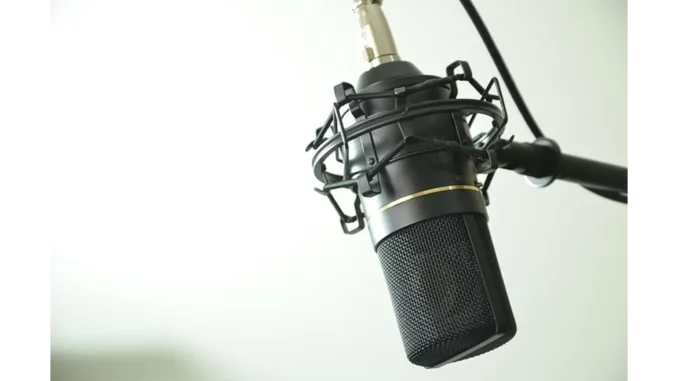
During a recent conversation with tech enthusiast and audio aficionado, Peter Collins, I delved into the nuances of managing and safeguarding digital audio files. With the emergence of Network Attached Storage (NAS) systems as a popular solution for storing vast music libraries, the conversation around whether to use RAID (Redundant Array of Independent Disks) configurations or not has become increasingly pertinent. Peter shared his journey and insights, offering a practical guide for those navigating this tech-laden terrain.
Peter’s passion for music is evident. As he sat down with a steaming cup of tea, he explained, “I started digitising my CD collection a few years back. The convenience of having all my music in one place, accessible from any room in the house, was too tempting to resist.” However, with convenience comes the responsibility of ensuring data safety, a challenge Peter quickly realised.
“Initially, I thought a NAS was a simple plug-and-play device,” he chuckled, “but there’s a bit more to it if you want to do it right.” One of the first lessons Peter learned was the critical role of RAID configurations in a NAS setup. RAID can offer redundancy, meaning if one drive fails, the data isn’t lost due to the mirrored backup on another drive. Yet, Peter emphasised that RAID is not a substitute for a proper backup strategy.
“All drives will fail eventually,” Peter pointed out, echoing a common refrain among tech circles. “The price or brand doesn’t guarantee indefinite operation. That’s why a RAID setup is about redundancy, not backup. You still need to have your files stored elsewhere too.” To this end, Peter stresses the importance of backing up audio files to external storage, treating them no differently from any other file on the NAS.
Peter’s setup includes a Cambridge Audio streamer, which he uses to play music stored on his NAS. For those not in the know, setting up a Network Player can initially seem daunting. “It’s like learning a new language,” Peter admitted. “I stumbled across terms like UPnP and SMB, but once you get the hang of it, things fall into place.”
For Peter, the key to a smooth experience was ensuring his NAS was properly configured. He suggested using a UPnP media server to access music over a local area network, noting that it works more seamlessly than traditional file sharing services. “The media server approach just works better with my setup,” he explained. “And it plays gapless, which is a big deal for someone who appreciates albums in their entirety.”
Peter also shared a tip for maintaining an organised music library. Within the NAS’s control panel, he uses the Indexing Service to scan and index folders continuously. “It’s crucial to make sure your music library is being indexed properly, especially if you add new files regularly,” he advised.
While Peter’s journey was largely a positive one, he did acknowledge some quirks, particularly with USB port functionality on his Cambridge Audio streamer. “It’s a bit like my Denon amp and car stereo,” he noted. “Sometimes the way it categorises artists and albums isn’t ideal, especially with compilation albums. But using the media server on the NAS helps mitigate those issues.”
In closing, Peter emphasised the importance of regular maintenance and mindful usage of the NAS. Having a UPS (Uninterruptible Power Supply) can be a lifesaver in areas prone to power outages, as it allows for safe shutdowns, preserving both the NAS and its data. “Treat your NAS with care, and it will serve you well,” he concluded with a satisfied smile.
Ultimately, Peter’s experience serves as a testament to the importance of understanding your equipment and the best practices that ensure its longevity and reliability. For those considering the RAID or no RAID debate, the message is clear: redundancy is crucial, but always have a backup. Audio files, like any other digital asset, deserve the same level of protection and care.
Fallon Foss

